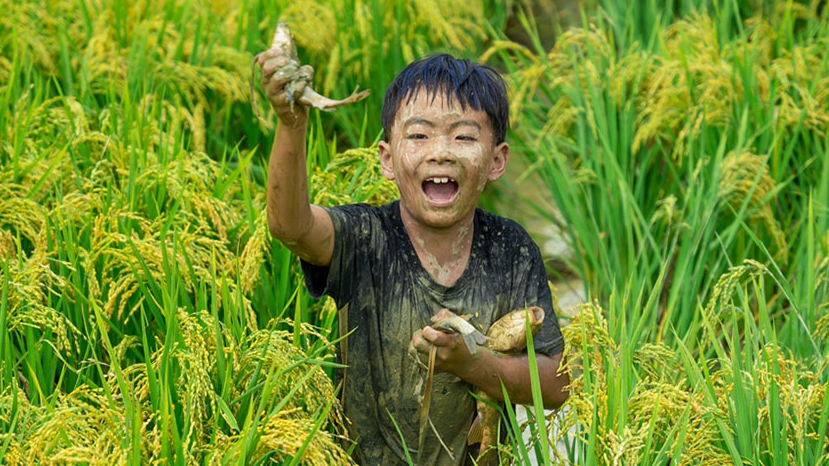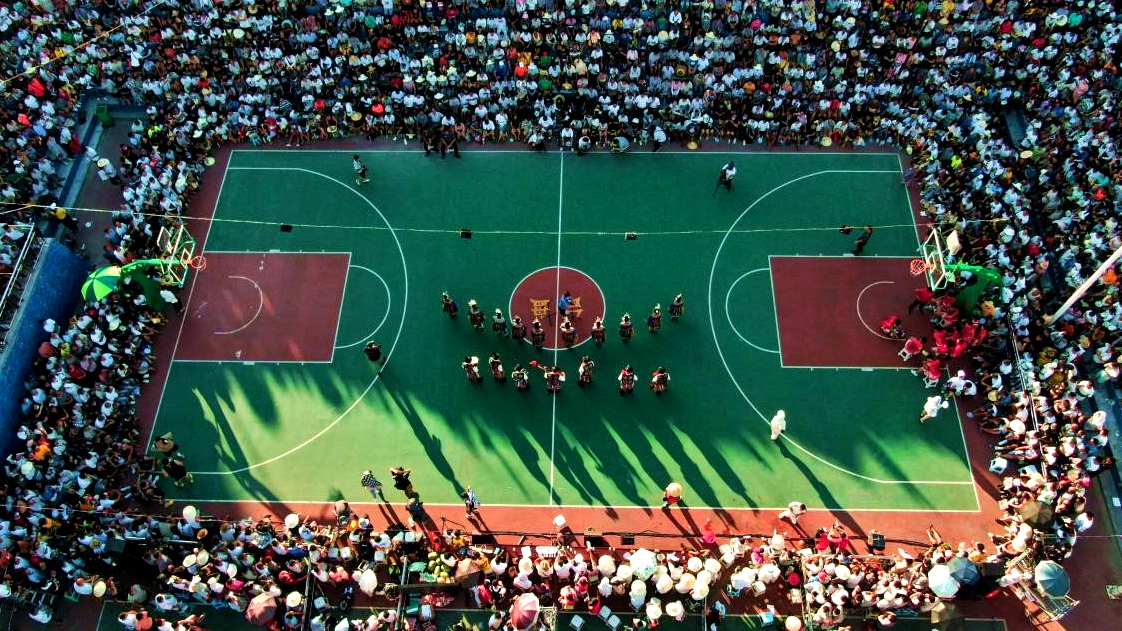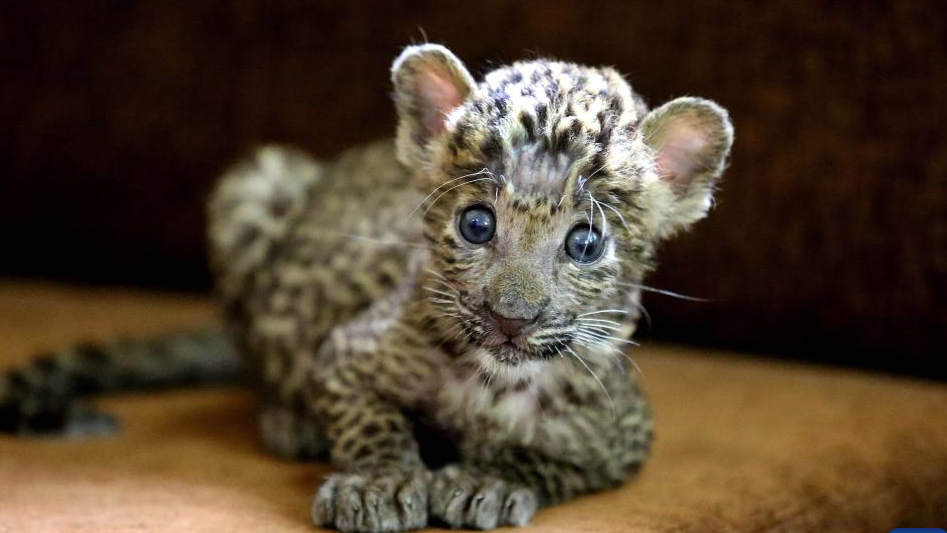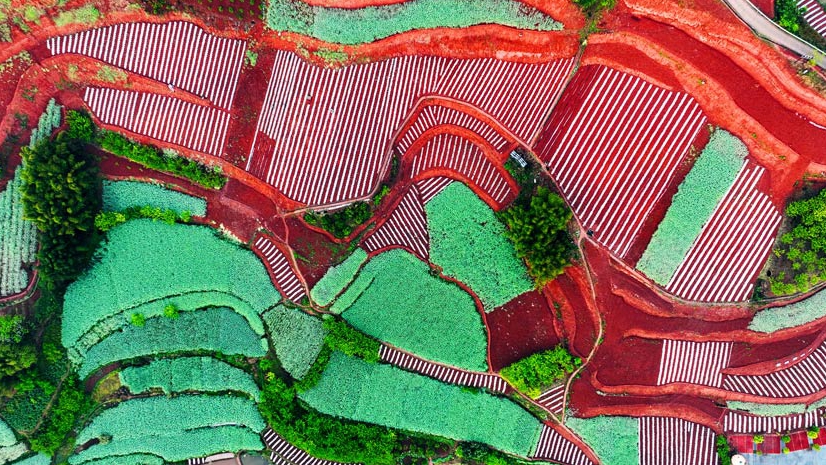Calendar for Traditional Festivals: Mid-Autumn Festival
As the natural satellite of the earth, the moon is a central element to different folklore and traditions throughout human history. In many prehistoric and ancient cultures, the moon was personified as a deity or other supernatural phenomenon, while for Chinese people, an important festival exists for the moon, the Mid-Autumn Festival, which is also known as the mooncake festival.
For centuries, the Mid-Autumn Festival has been deemed by the Chinese as the second most important festival after the Spring Festival, during which time family members will reunite and enjoy the grand view of the full moon together, as well as celebrating the harvest with delicate food.
Though the festival originated from China, it is now celebrated in many other Asian countries, including Vietnam and Korea, and has developed many variants. According to the Chinese lunar calendar, Mid-Autumn Festival falls on the 15th day of the eighth lunar month, which is September 10 this year. Please follow us and explore the stories behind the moon!
Legend

An important part of the festival celebration is moon worship. Most Chinese people grow up with the story of Chang' e, China's moon goddess. Though the festival is a happy time for family, the story of the goddess isn't so joyful.
Living in a very distant past, Chang' e and her husband, a skilled archer named Yi, had a wonderful life together. However, one day, ten suns rose into the sky and scorched the earth, taking millions of lives. Yi shot down nine of them, leaving only one sun to serve the people, and thus he was rewarded by the gods with the elixir of immortality.
Reluctant to enjoy immortality without his wife, Yi decided to hide the elixir. However, one day, while Yi was out hunting, his apprentice broke into his house and forced Chang' e to give him the elixir. To prevent the thief from obtaining it, Chang' e drank the elixir instead, and flew up to the moon to begin her immortal life. Though devastated, each year, Yi displayed his wife's favorite fruits and cakes during the full moon, and that's how China's Moon Cake Festival came to be.
Though sad, Chang' e's story has inspired generations of Chinese, showing them the qualities that their ancestors worshiped the most: loyalty, generosity and sacrifice for the greater good.
Chang' e might be the sole human resident on the moon, but she does have a little companion, the famous Jade Rabbit. According to Chinese folklore, the rabbit used to live in a forest with other animals. One day, the Jade Emperor disguised himself as an old, starving man and begged the rabbit for food. Being weak and small, the rabbit couldn't help the old man, so instead jumped into the fire so that the man could eat its flesh.
Moved by the generous gesture, the Jade Emperor (the first god in Chinese mythology) sent the rabbit to the moon, and there he became the immortal Jade Rabbit. The Jade Rabbit was given the job of making the elixir of immortality, and the story goes that the rabbit can still be seen creating the elixir with a pestle and mortar on the moon.
History
Associated with beautiful folklore, Mid-Autumn Festival celebrations date back more than 2,000 years. The word "Mid-Autumn" first appeared in the ancient book Zhou Li (The Zhou Rituals, which detailed rituals in the Zhou Dynasty). In the old days, Chinese emperors chose the night of the 15th day of the eighth lunar month to hold a ceremony to praise the moon. The festival took its name from the fact that it's celebrated in the middle of autumn, and because at this time of year the moon is at its roundest and brightest.
It was not until the early Tang Dynasty (618-907) that the day was officially celebrated as a traditional festival. It became an established festival during the Song Dynasty (960-1279) and became increasingly famous for the next few centuries, while more rituals and local food have been created to celebrate this festival.
More recently, the Chinese government listed the festival as an intangible cultural heritage in 2006, and it was made a public holiday in 2008.
Cuisine

Considered as a harvest festival and a time for gathering the family together, the Mid-Autumn Festival is famous for its round cakes, known as mooncakes. The full moon is a symbol of family reunion, while eating mooncakes and watching the full moon is a crucial part of the festival.
According to Chinese historical records, mooncakes were initially served as a sacrifice to the moon. The word "mooncake" first appeared in the Southern Song Dynasty (1127-1279), and is now the most popular festive food on the dinner table during the Mid-Autumn Festival.
Though most mooncakes appear to look the same, the flavors differ from region to region. For instance, in the northern part of China, people prefer sweet and dense custard fillings with salted egg yolk, red bean paste or nuts, while in the southern regions, people prefer fillings of ham or roast pork. Even the pastry can be quite different. For example, in the northern part of China, the casing is dense and hard, while in Hong Kong, the unbaked mooncake, known as a snow skin mooncake, is the most popular.
In modern times, inventions and new ideas have been added to traditional mooncakes. Some foreign food brands, such as Haggen-Dazs, have even cooperated with Chinese mooncake producers to create new flavors such as vanilla ice cream, or chocolate with blackberries. The traditional cakes are enjoying a new lease of life.
Apart from mooncakes, there is a variety of festival food across China. In Suzhou, Jiangsu Province, people prefer to eat hairy crabs dipped in vinegar and ginger, while in Nanjing, Jiangsu province, salted duck is the most popular festival food.
Related:
Calendar for Traditional Festivals: Qixi Festival
Calendar for Traditional Festivals: Dragon Boat Festival
Calendar for Traditional Festivals: Lantern Festival
Photos
Related Stories
- Chinese calligraphy, painting exhibition held in NYC to mark Mid-Autumn Festival
- Chinese tourists opting for short trips, moon-viewing tourism products over upcoming Mid-Autumn Festival
- Upcoming Mid-Autumn Festival celebrated in Macao
- Fesitve atmosphere in Macao ahead of Mid-Autumn Festival
- China Cultural Center in Wellington shares master paintings online: revel in Chinese ancients celebrating the Mid-Autumn Festival
- Ink Dances: 'Mid-Autumn Wonder Tour' reveals the boundless creativity of Chinese culture to New Zealand audiences
- University students celebrate Mid-Autumn Festival in ten different languages
- 1,000 drones assemble in Greater Bay Area to help celebrate Mid-Autumn Festival
- Kindergarten holds folk culture activity to greet upcoming Mid-Autumn Festival in Hebei
- China's railways embrace Mid-Autumn Festival travel peak
Copyright © 2022 People's Daily Online. All Rights Reserved.









